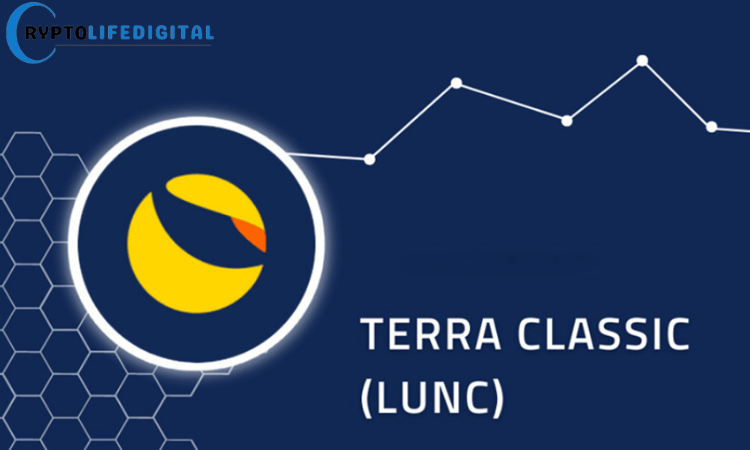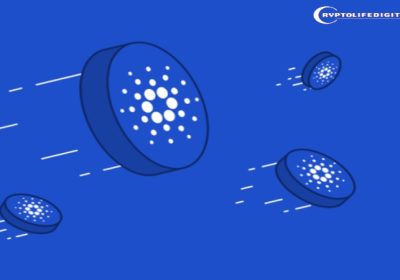Revitalizing Terra Classic: The Case for a Native USDC/LUNC Trading Pair

The Terra Classic ecosystem has long struggled with the absence of a direct on-chain stablecoin trading pair for LUNC, forcing users to rely on centralized exchanges (CEXs) for stable conversions. This reliance introduces several challenges, including liquidity fragmentation, higher slippage, and centralized risks, all of which hinder the growth and efficiency of Terra Classic’s DeFi sector.
Read Also: President’s Bold Prediction: A Market and Economic Boom Ahead
The introduction of a USDC/LUNC liquidity pool would be a game-changer, bringing improved liquidity, decentralization, and ecosystem utility.
Boosting Liquidity and Market Depth
Currently, LUNC lacks a stable trading environment, making price movements unpredictable due to poor liquidity. By establishing an on-chain USDC/LUNC pair, Terra Classic can match Binance’s ±2% market depth of ~$50K–$100K, ensuring smoother price execution and reducing slippage for traders. Enhanced liquidity would also attract market makers and institutional investors, further strengthening on-chain trading.
Unlocking DeFi Utility
A native LUNC/USDC pair is essential for DeFi growth on Terra Classic. With a stable trading pair, the ecosystem can support:
- Lending and borrowing markets allow users to take loans using LUNC as collateral.
- Yield farming and liquidity mining are attracting more liquidity providers.
- Algorithmic trading and derivatives enhance the sophistication of Terra Classic’s DeFi applications.
Read Also: Shibarium’s Gold Age: From Experimentation to Infrastructure
By increasing the Total Value Locked (TVL) in the ecosystem, Terra Classic can compete with other Layer 1 blockchains and regain its relevance in the DeFi space.
Reducing Dependence on Centralized Exchanges
The reliance on CEXs for stablecoin conversions exposes Terra Classic users to counterparty risks, withdrawal restrictions, and regulatory uncertainty. On-chain liquidity eliminates these risks, allowing DeFi protocols to function independently and increasing decentralization.
Furthermore, CEXs do not support interoperability with Terra Classic’s on-chain applications, limiting the full potential of LUNC’s DeFi ecosystem. A native USDC/LUNC pair would eliminate this roadblock.
Arbitrage and Organic Trading Volume
A liquid USDC/LUNC market would create arbitrage opportunities between Terra Classic DEXs and CEX platforms, increasing on-chain activity and organic trading volume. Traders would have an incentive to bridge liquidity between platforms, further strengthening Terra Classic’s market efficiency.
Empowering Community and Funding Burns
Currently, Terra Classic’s Community Pool funds remain dormant. A USDC/LUNC liquidity pool would allow the Community Pool to generate yield through swap fees, putting those funds to productive use. Additionally, a stable trading pair would generate tax volume, contributing to LUNC burns, Community Pool funding, and Oracle Pool replenishment.
Final Thoughts
The introduction of a USDC/LUNC liquidity pool represents a crucial step in revitalizing Terra Classic’s DeFi ecosystem. It enhances liquidity, decentralization, trading efficiency, and community engagement while enabling LUNC burns and increased trading activity. By adopting this proposal, Terra Classic can rebuild its ecosystem into a sustainable, on-chain financial hub, securing its place in the evolving crypto landscape.
Follow us on Facebook, Telegram, and Google News.

Kayode Michael is a seasoned cryptocurrency analyst, successful trader, and skilled writer with a strong command of cryptocurrency analysis and price action. He leverages his technical analysis skills to provide valuable insights into emerging market trends and potential opportunities for investors to make informed decisions.










